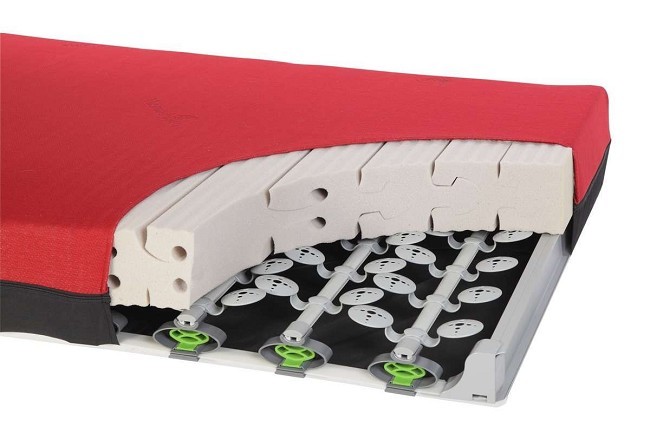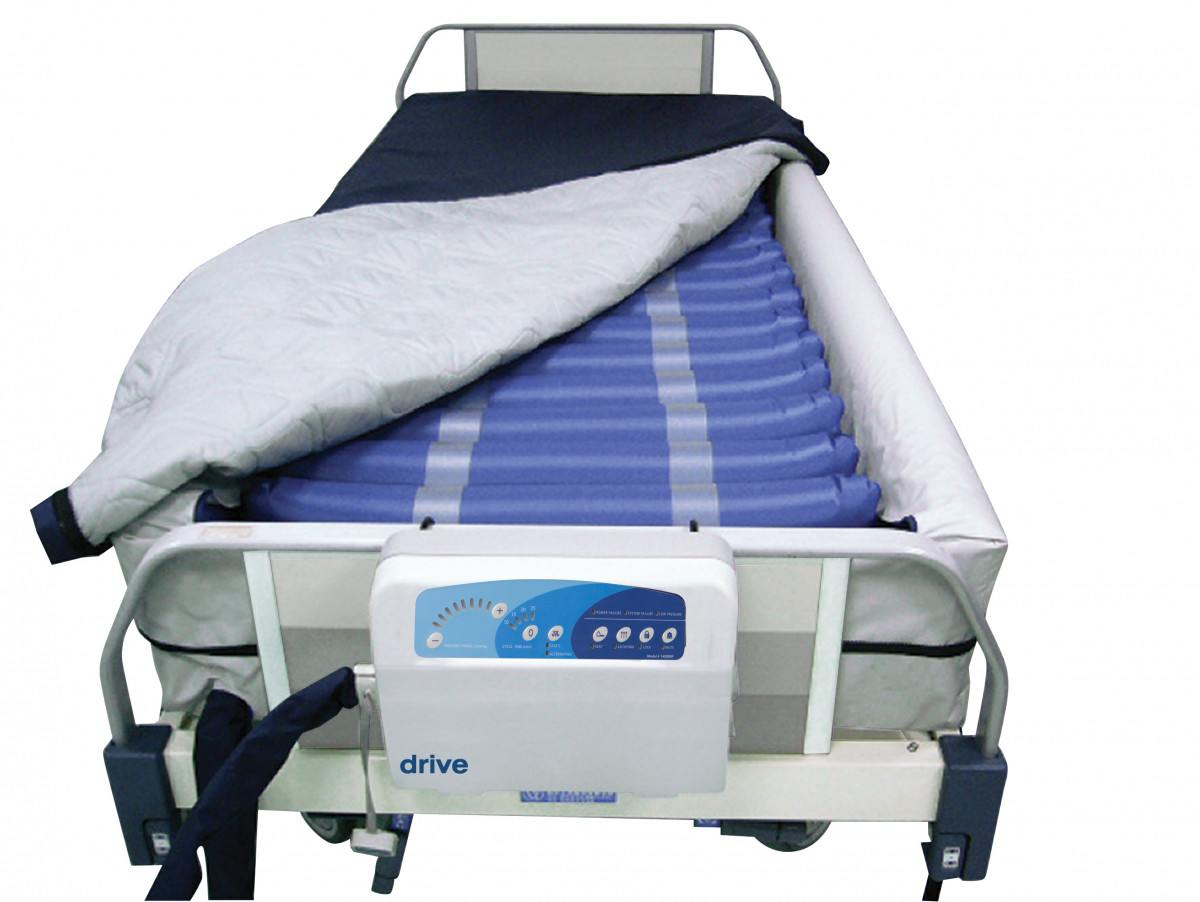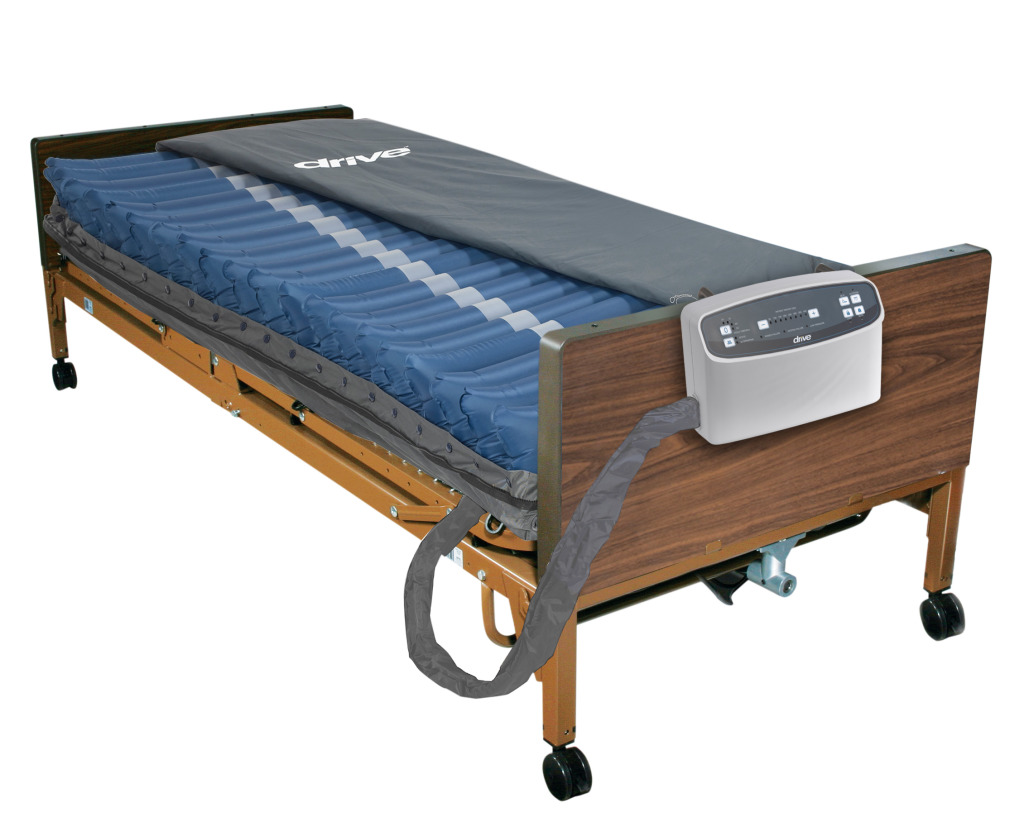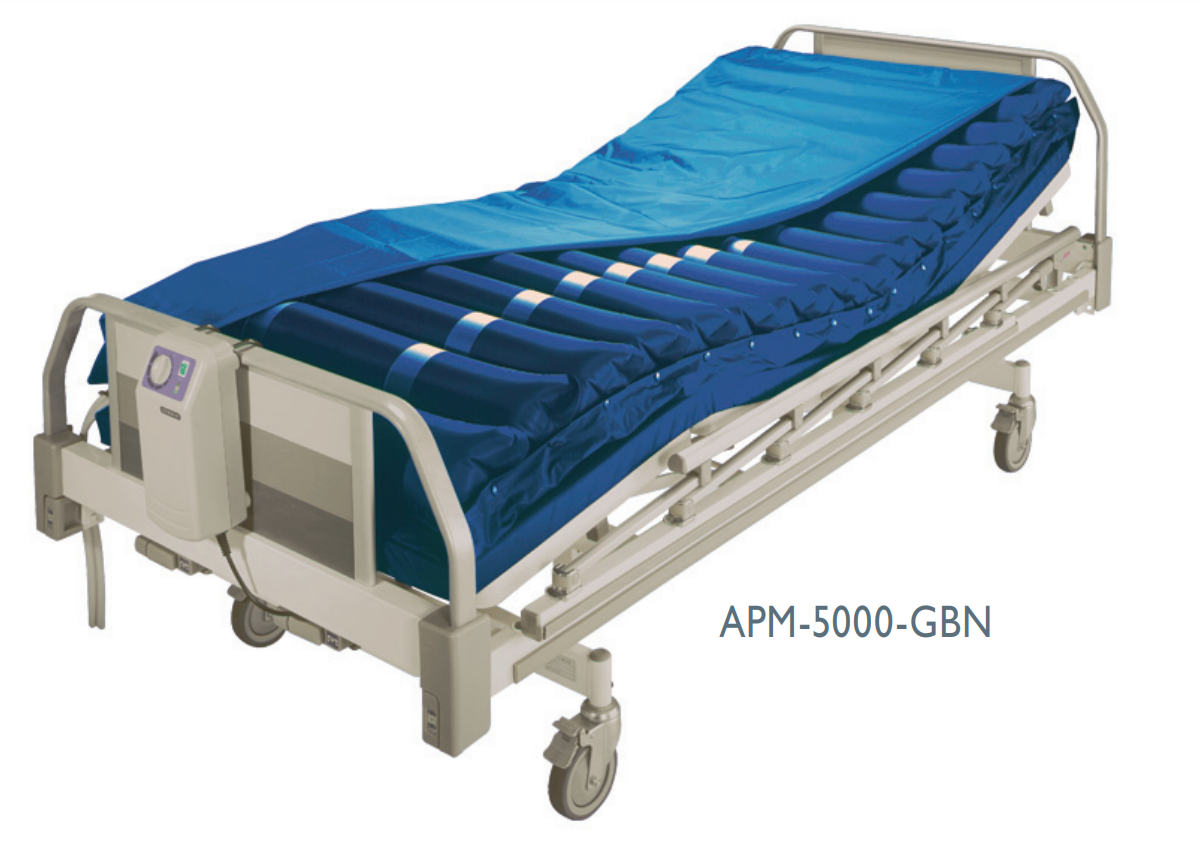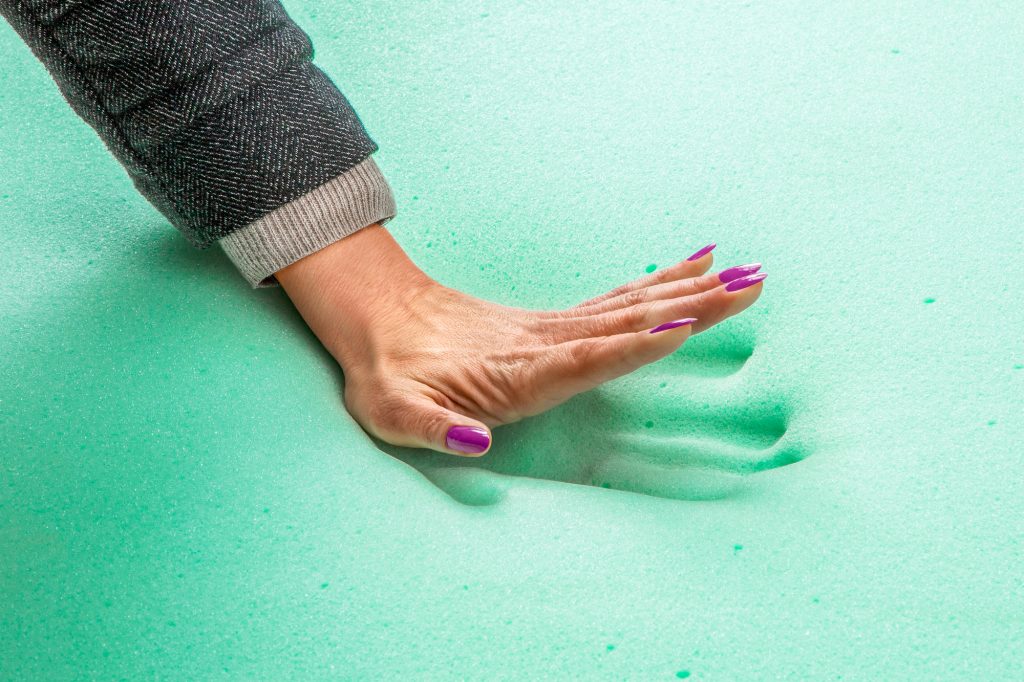Pressure relief mattresses are designed to reduce the pressure on the body by evenly distributing weight. This is crucial in preventing bed sores, as prolonged pressure on one area can cause tissue damage and lead to open wounds. These mattresses are specifically designed with pressure-relieving materials such as memory foam or air pockets that adjust to the body's shape and weight. They provide a comfortable and supportive surface, making them an excellent choice for preventing bed sores.1. Pressure Relief Mattresses
Similar to pressure relief mattresses, alternating pressure mattresses also aim to distribute pressure evenly. However, they use a different technique by alternating the air pressure in different areas of the mattress. This helps to continuously shift the pressure points and promote blood flow, reducing the risk of bed sores. These mattresses are particularly beneficial for patients who are immobile and spend long periods in bed.2. Alternating Pressure Mattresses
Low air loss mattresses are designed to keep the skin cool and dry by circulating air through small holes in the mattress. This feature helps to reduce the risk of bed sores by keeping the skin dry and preventing excessive moisture build-up. These mattresses are also beneficial for patients with incontinence issues, as they help to absorb and dry any moisture, keeping the skin clean and healthy.3. Low Air Loss Mattresses
Foam mattresses are a popular choice for preventing bed sores due to their ability to conform to the body's shape and provide excellent support. They come in various densities, with higher density foam providing better pressure relief. These mattresses are also lightweight and easy to move, making them suitable for patients who need to be repositioned frequently.4. Foam Mattresses
Gel mattresses use a combination of foam and gel layers to provide pressure relief and keep the skin cool and dry. The gel layers help to distribute the weight evenly, while the foam provides comfort and support. These mattresses are an excellent choice for patients who spend extended periods in bed, as they help to prevent pressure sores and provide a comfortable sleeping surface.5. Gel Mattresses
Air fluidized beds are an advanced type of mattress that uses tiny silicone beads to create a fluid-like surface. This creates a low-friction environment that reduces pressure and friction on the skin, preventing bed sores. These beds are commonly used in hospitals and long-term care facilities, but can also be beneficial for home use for patients with severe mobility issues.6. Air Fluidized Beds
Bariatric mattresses are specifically designed for individuals who are overweight or obese. These mattresses are wider and provide better weight distribution, reducing pressure on the skin and preventing bed sores. They also have a higher weight capacity, making them suitable for heavier individuals who are at a higher risk of developing bed sores.7. Bariatric Mattresses
Overlay mattresses are thin, lightweight mattresses that can be placed on top of an existing mattress. They provide an extra layer of support and pressure relief, making them an affordable option for preventing bed sores. Overlay mattresses are particularly useful for patients who are at a low risk of developing bed sores but still need some extra support and comfort.8. Overlay Mattresses
For patients who are immobile or spend most of their time in bed, heel protection mattresses can be beneficial in preventing bed sores in the vulnerable heel area. These mattresses have extra padding or air pockets in the heel section, providing added support and reducing pressure on this high-risk area. They are also useful for patients with existing heel sores, as they help to promote healing and prevent further damage.9. Heel Protection Mattresses
Pressure redistribution mattresses are specially designed to evenly distribute the body's weight and reduce pressure on the skin. These mattresses use a variety of techniques such as foam, gel, or air pockets to achieve this. They are an excellent option for patients who are at a high risk of developing bed sores or those who have existing pressure ulcers, as they help to alleviate discomfort and promote healing. In conclusion, choosing the right mattress is crucial in preventing bed sores. A combination of pressure-relieving and pressure redistribution features is essential, depending on the patient's individual needs. Investing in a quality mattress can significantly improve the comfort and well-being of patients, reducing the risk of developing bed sores and promoting better overall health.10. Pressure Redistribution Mattresses
Why Mattresses Are Essential for Preventing Bed Sores

What Are Bed Sores?
 Bed sores, also known as pressure ulcers, are a common problem faced by individuals who spend a significant amount of time in bed. These sores are caused by prolonged pressure on the skin, leading to reduced blood flow and tissue damage. Bed sores can be extremely painful and can even lead to serious infections if left untreated. They are especially common among elderly or immobile individuals, as well as those with medical conditions that limit their mobility.
Bed sores, also known as pressure ulcers, are a common problem faced by individuals who spend a significant amount of time in bed. These sores are caused by prolonged pressure on the skin, leading to reduced blood flow and tissue damage. Bed sores can be extremely painful and can even lead to serious infections if left untreated. They are especially common among elderly or immobile individuals, as well as those with medical conditions that limit their mobility.
The Importance of Mattresses
 Mattresses play a crucial role in preventing bed sores. The right mattress can help distribute body weight evenly, reducing pressure on specific areas of the body. This can prevent the formation of bed sores and also help in the healing process for those who already have them. Additionally, a good mattress can improve blood circulation, providing essential nutrients and oxygen to the skin, which is crucial for preventing the development of bed sores.
Mattresses play a crucial role in preventing bed sores. The right mattress can help distribute body weight evenly, reducing pressure on specific areas of the body. This can prevent the formation of bed sores and also help in the healing process for those who already have them. Additionally, a good mattress can improve blood circulation, providing essential nutrients and oxygen to the skin, which is crucial for preventing the development of bed sores.
The Role of Material
 When it comes to preventing bed sores, the type of mattress material also plays a significant role. Some materials, such as memory foam, are known for their pressure-relieving properties and can be highly beneficial for individuals at risk of bed sores. On the other hand, traditional spring mattresses may not provide adequate support and can lead to increased pressure on certain areas of the body. It is essential to choose a mattress made of high-quality and supportive materials to ensure the prevention of bed sores.
When it comes to preventing bed sores, the type of mattress material also plays a significant role. Some materials, such as memory foam, are known for their pressure-relieving properties and can be highly beneficial for individuals at risk of bed sores. On the other hand, traditional spring mattresses may not provide adequate support and can lead to increased pressure on certain areas of the body. It is essential to choose a mattress made of high-quality and supportive materials to ensure the prevention of bed sores.
The Importance of Maintenance
 In addition to choosing the right mattress, it is essential to maintain it properly to prevent the formation of bed sores. Regularly flipping and rotating the mattress can help distribute weight more evenly and prevent excessive wear on one side. Keeping the mattress clean and dry is also crucial, as moisture can contribute to the development of bed sores. Using a waterproof mattress protector can help in this regard.
In addition to choosing the right mattress, it is essential to maintain it properly to prevent the formation of bed sores. Regularly flipping and rotating the mattress can help distribute weight more evenly and prevent excessive wear on one side. Keeping the mattress clean and dry is also crucial, as moisture can contribute to the development of bed sores. Using a waterproof mattress protector can help in this regard.
Conclusion
 In conclusion, mattresses play a vital role in preventing bed sores. It is crucial to choose a high-quality mattress made of supportive materials and to maintain it properly. Investing in a good mattress not only promotes better sleep but also ensures the overall health and well-being of individuals who are at risk of bed sores. So, when it comes to choosing a mattress, be sure to prioritize comfort, support, and quality to keep bed sores at bay.
In conclusion, mattresses play a vital role in preventing bed sores. It is crucial to choose a high-quality mattress made of supportive materials and to maintain it properly. Investing in a good mattress not only promotes better sleep but also ensures the overall health and well-being of individuals who are at risk of bed sores. So, when it comes to choosing a mattress, be sure to prioritize comfort, support, and quality to keep bed sores at bay.









